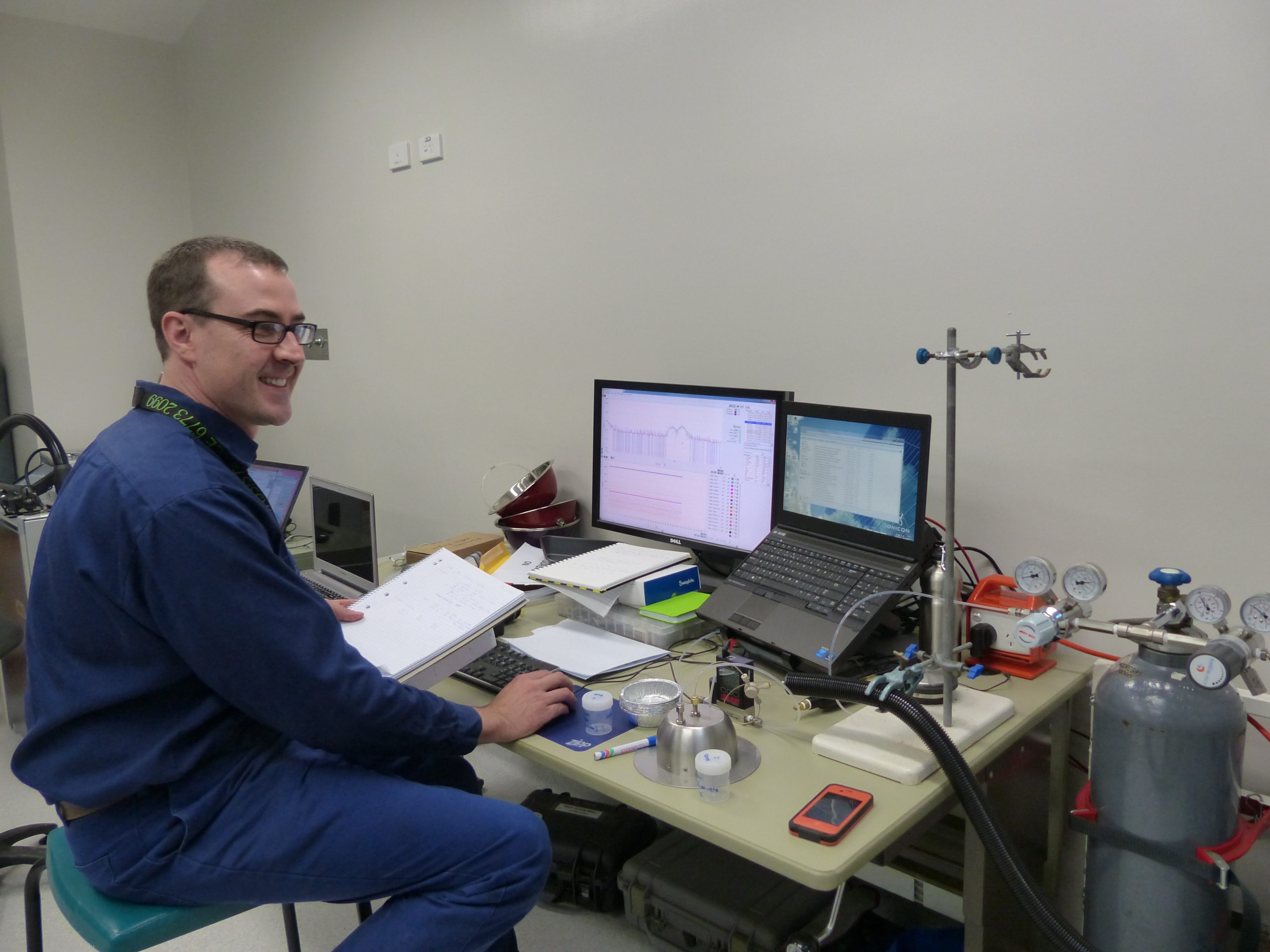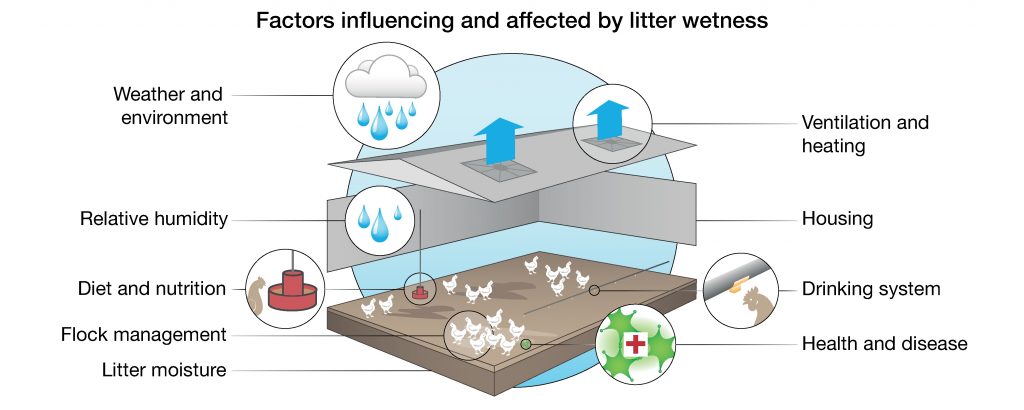Reviewing the causes of wet litter
Wet litter is a collective term used to describe litter that is wet and/or caked and is frequently associated with a number of bird health, welfare and environmental concerns. There are many factors that may contribute to wet litter including digestive upset, nutritional imbalance, disease, drinking spillage, ineffective ventilation, drinker management/maintenance, humid weather, in-shed condensation, and inadequate litter water storage capability. It’s often difficult to pinpoint a dominant cause when there are so many possibilities.
A review of the causes of wet litter was commissioned by the Rural Industries Research and Development Corporation (RIRDC) Chicken Meat Program and can be freely downloaded from here (with a summary available from here). The review was led by Dr Peter Selle and Ms Amy Moss from the Poultry Research Foundation within the University of Sydney, and Mr Mark Dunlop from the Department of Agriculture and Fisheries, Queensland, who was supported by Poultry CRC to undertake PhD studies at the University of New South Wales. Peter explained that “the review summarised available information on the causes of wet litter and also included a survey of fifteen industry personnel from Australia and England to garner current industry opinion as to the causes and potential best practices to prevent wet litter, which are not well described in published literature.” Some of the leading factors influencing and affected by wet litter are summarised in the following diagram.
Environmental and housing factors were considered to be the leading causes of wet litter with slightly less importance being placed on nutrition and disease factors. One conclusion from the review was that diligent supervision and management of meat chicken grow-out sheds should largely overcome wet litter, although other factors such as wet weather, nutritional upset or health issues may make managing litter difficult if not impossible, and these are not within the control of farm staff.
Wet litter is a challenging issue with no easy or single solution. Industry and researchers need to work together on collaborative research to address environmental, nutritional and health issues in a strategic way to develop preventative and remedial actions that can be applied at all levels of the industry (breeder farms, feed mills, hatcheries and grow-out farms). Please note, this story is: ©2016 The State of Queensland.
For a more comprehensive overview of the concepts discussed in this article, please see Asian Poultry Magazine – March 2017 for part 1 of “Multidimensional causal factors of ‘wet litter’ in broilers”.



